- Details
- Written by Administrator
- Category: news
- Hits: 5939
Liberty in Brindisi
There are many examples in our city too: the railing decorated on the lunchtime entrance of the Beer Museum is an example, or various architectural experiences entrusted to outstanding technicians of the time (engineers Cafiero, Pati, Tarchioni, Nisi, Swan , Valente, Rome, Spagnoletti, geometers Iaccarini, Chiaromonte, Maellaro).
Main examples: International Hotel, Palazzo Dionisi, Palazzo Mariani (formerly Palazzo Crudomonte) in Via Congregazione, Palazzo delle Poste, Male Elementary Schools, Palazzo Lisco at Corso Roma, Palazzo Cordella in via Bari, Palazzo Perrone in Via C. Braico Stea in Via Giovanni XXIII, other buildings in Via Trani, Via Indipendenza, Via marzolla, Via Braico, Via Cappellini, Piazza Vittoria, etc.
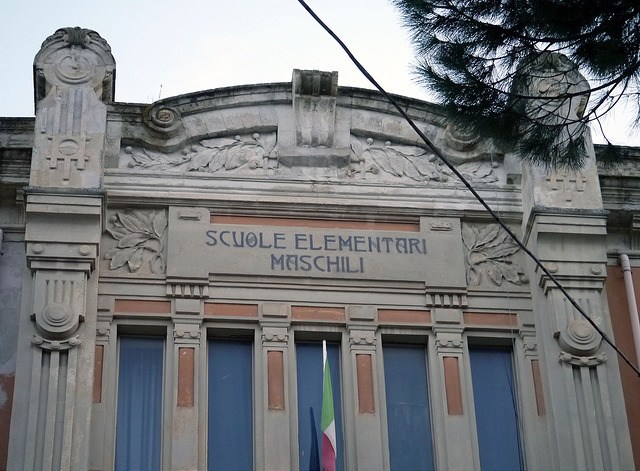
The Elementary Male Schools
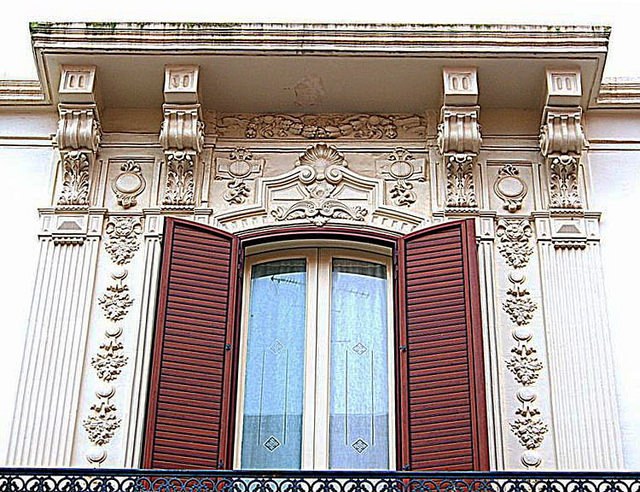
Palazzo Cordella
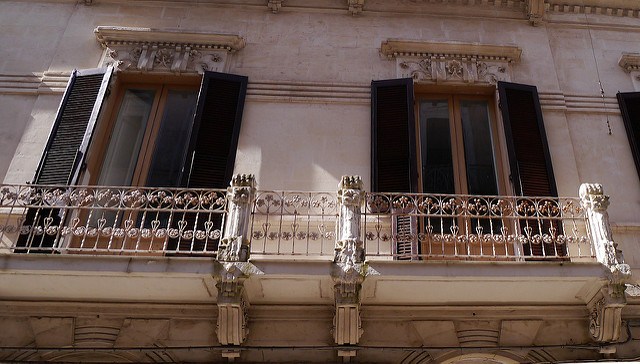
Via Cappellini
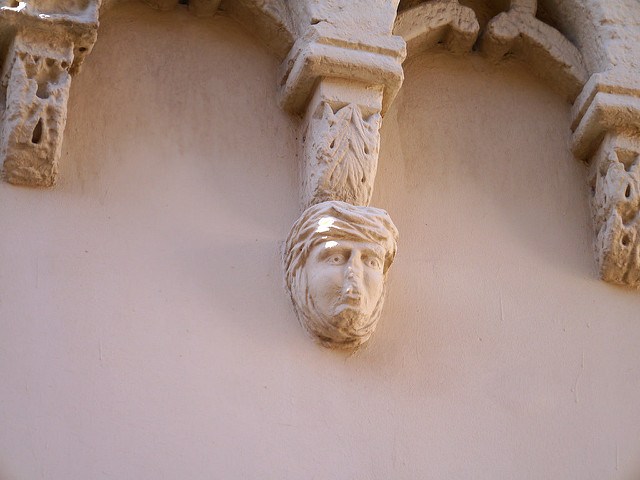
Palazzo Crudomonte
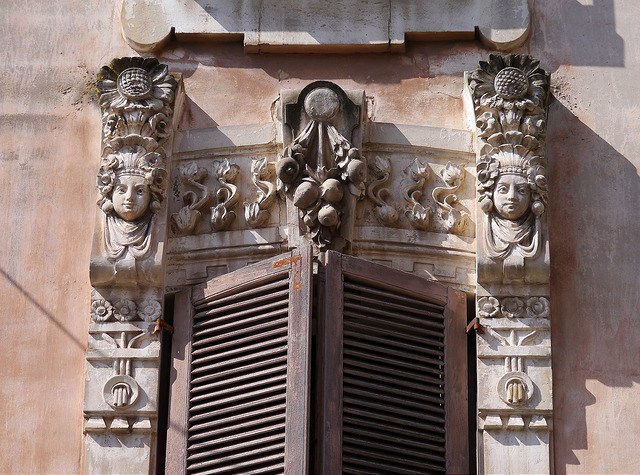
Via Palestro
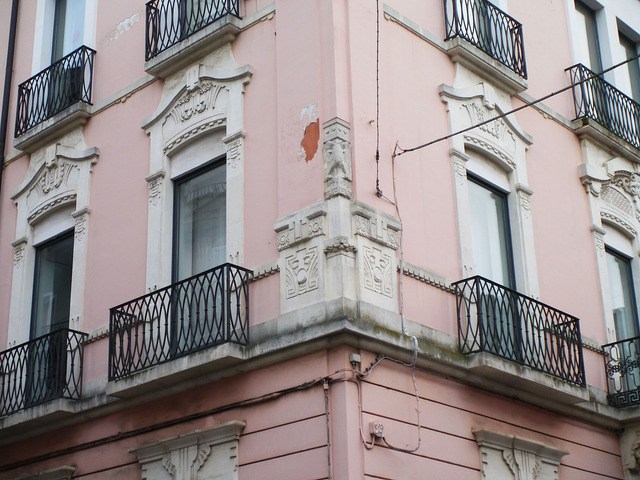
Palazzo Perrone
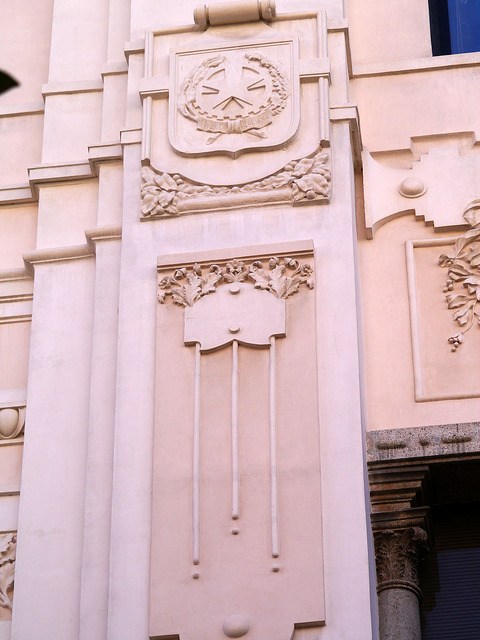
Palazzo delle Poste

Corso Roma
- Details
- Written by Administrator
- Category: news
- Hits: 6377
Jugendstil is the name that brought Art Nouveau art expressions to Germany, Switzerland and Austria, which contributed to spreading the new artistic language, especially in the field of applied graphics and arts, which brought the floral and phytomorphic trends to maximum development.
The Jugendstil of the field of applied arts was the Deutscher Werkbund, founded in Munich in 1907 and animated by Peter Behrens, although Jugendstil has its roots also Expressionism.
In Italy it is known as Liberty Style.
Almost all of these artists became artistic mug designers for the German porcelain and ceramics industry
Artists: Friedrich Adler, Peter Behrens (founder of Jugendstil), E.Berdel, Hans Eduard von Berlepsch-Valendàs, Joseph Breiden, Leopold Moritz, Karl Capeller, Ernst Moritz Ehrlich, Fritz Hellmuth Ehmcke, August Geigenberger, Karl Gelhard (Johann Wilhelm Karl Görig, Joseph Hahn, Theodor Otto Hahn, August Hanke, Friedrich "Fritz" von Heider, Leonhard Hellmuth, Ludwig Hohlwein, Patriz Huber, Otto Hupp, Alfred Kamp, Hertha Kasten, Karl Koch, Charlotte Krause, Ludwig Leybold, Bruno Mauder, Karl Mehlem, Wilhelm Menningen, Richard Meyer, Carl Moos, Albin Camillo Müller, Paul Neu, Adelbert Niemeyer, Max Prugger, Richard Riemerschmid, Theodor Schmidt, Friedrich Georg Tobler, Henry van der Velde, , Paul Wynand.
- Details
- Written by Administrator
- Category: news
- Hits: 6112
The Museum was realized with the patronage of the Municipality of Brindisi: Territorial Promotion related to Culture and Tourism and Services of Monumental Goods.
Historical research, documentary and collection works: Professor Angelo Gagliani.
Thanks to brewer Carlo Ancona for the production of Beer of the Museum according to historical recipes and advice on brewing production processes.
The Museum's layout, ideas and graphics, layout of the panels and cataloging of the material, computer infrastructure construction, QR codes and audioguides have been realized by students of the class 4C of High School of IISS Ferdinando of Mesagne in alternation school-work in the sense of 'art. 1 D. Lgs. 77/05 and pursuant to law no. 107, art.1, para. 33-43 of 13 July 2015, according to a convention concluded between the Museum and the school.
We thank the School Manager:Aldo Guglielmi, the professors Sabrina Calò and Maria Astin Fino for supervision and content in English.
The students are:
- Valentina Conte: Graphic logos and panels, web site management, social networking
- Jole de Virgiliis: Layout, ideas, web site management, social networking
- Clarissa Montanaro: Layout, ideas, web site management, social networking
- Anna Paola Zaurito: Artists' panels, layout, ideas, web site management, social networking
- Francesco Nitti: Creating and programming pages and QR codes
- Andrea Mandurino: Cataloging, layout, ideas, web site management, social networking
- Gabriele Capodieci: Voice, audioguide implementation in Italian and English
© 2025 FavThemes



